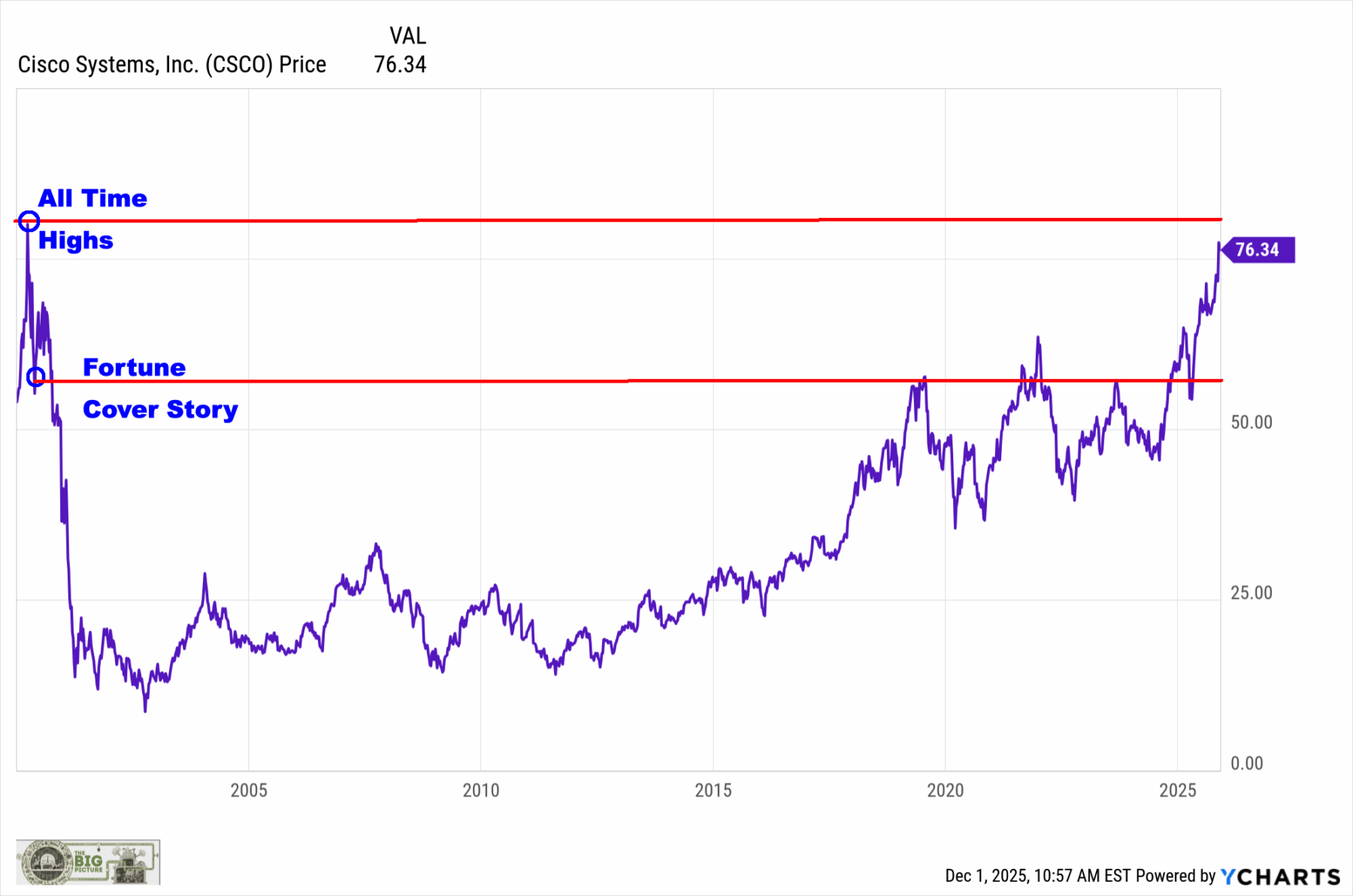I say this with all the love in the world: economists have a special knack for taking certain economic ideas or concepts and finding the most counterintuitive or unclear ways of describing them. To anyone other than an economist, the phrase “public good” sounds like “good provided by the public sector.” Try to jump in and explain that, no, to be a public good, something needs to be both non-rival and non-excludable, and you’re likely to be met with glazed eyes.
This is one reason why I enjoy finding the ideas of economics clearly described or illustrated in works of fiction. When done well, it can help bring that “aha!” moment that makes an idea clear to someone in a way that charts, graphs, and technical verbiage simply can’t. But fiction isn’t the only avenue for that – we can find it in everyday life as well. One important idea in economics that is, in my opinion, terribly described is this:
“The legal incidence of a tax is not the same as its economic incidence.”
This is an important idea. And for those whose goal is improving the well-being of the poor by increasing taxes on the rich, understanding it is crucial. The fact that the law says the wealthy will be stuck with the bill for a tax does not mean the wealthy are the ones who will truly pay the cost.
To see why, let’s consider a service I’ve used many times – an online sales platform called Swappa. As an unabashed tech nerd, I’ve bought a ton of gadgets over the years. (Probably too many, but that’s a story for a separate post.) And when some new shiny toy has come out that I’ve decided I want, I would use Swappa to sell my current gadget to offset the cost of the new one. Swappa, of course, makes a fee with every sale it facilitates. But they also tell you, the seller, not to worry about that – the fee will be paid by the buyer, not the seller. They accomplish this by adding their fee to the posted price when you list an item. So if I put an item up for $500, they will actually list it at $525, and when it’s bought, the buyer pays $525, Swappa keeps $25, and I get $500.
That’s nice in theory, but in practice, it doesn’t work that way. I know the buyer will have to pay this extra fee, and the buyer doesn’t care one bit how much of it goes to me or Swappa. So I have to take that into account when I list an item. If I think something I’m listing will sell for $500, I don’t actually list it for $500, because I know the final price will come out too high for it to be bought. So instead, I list it at $475, Swappa adds its fee, and the price the buyer sees is now $500. According to Swappa, that $25 fee is paid by the buyer, but in reality, it’s paid by me, the seller. When put this way, it seems obvious.

Less obvious to many is how the same idea is at play with the taxes and other costs associated with all kinds of economic regulation. Saying “We’ll require employers to provide more benefits to their employees” just means “We’ll require employees to take lower pay from their employers to buy more benefits.” In his excellent book Catastrophic Care: Why Everything We Think We Know About Health Care Is Wrong, David Goldhill describes this from his point of view as an employer:
Since [newly hired employee] Becky’s single without dependents, my company will pay $5,679 this year for her health insurance; she’ll pay $2,112. Or so she thinks. In reality, Becky is paying all $7,791 of her insurance premium…To understand this seeming paradox, put yourself in my company’s position when we originally decide whether to create that job for Becky. We weigh two factors: the value of Becky’s work to our company and the cost to us of hiring Becky. Notice the issue is “cost to us,” not wages or salary, because an employee always costs an employer more than just her wages…Whether she knows it or not, her compensation is bearing the burden of our $5,679 contribution to her insurance premiums.
Many activists will, on the one hand, insist on laws to push for more health insurance coverage, longer paid parental leave, and/or a litany of other benefits, while on the other hand worry about stagnating wages. What they miss is the connection between the two. One might think the goal should be to find the “right” or “best” combination of wages and benefits, but there is no right, one-size-fits-all answer to this question. Nor is there any reason why one must be arbitrarily conjured up by policymakers. Different people will have different preferences about how their compensation is divided between cash and benefits. So why not let people have the option to choose the combination that works best for them?
Kevin Corcoran is a Marine Corps veteran and a consultant in healthcare economics and analytics and holds a Bachelor of Science in Economics from George Mason University.
















